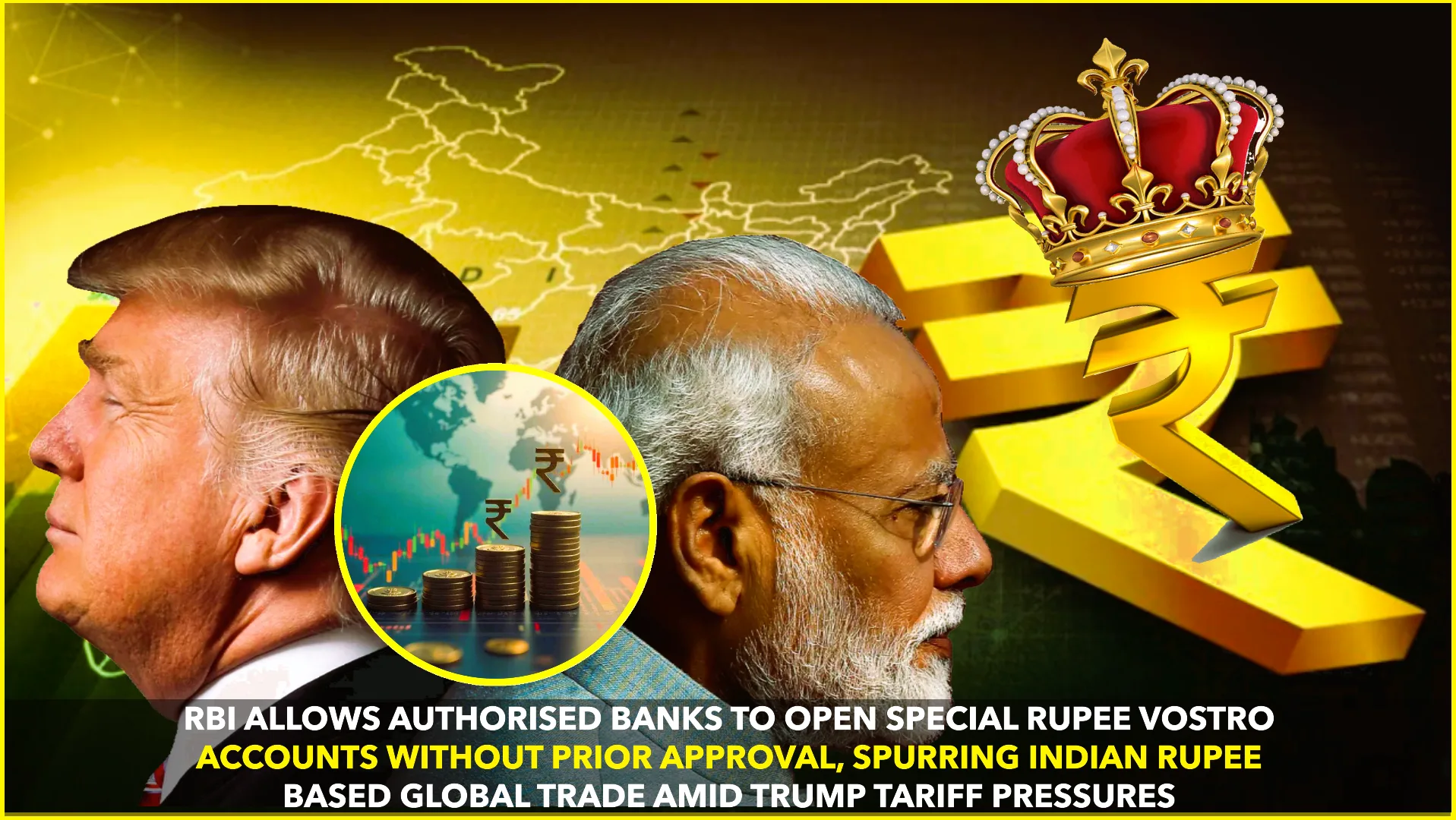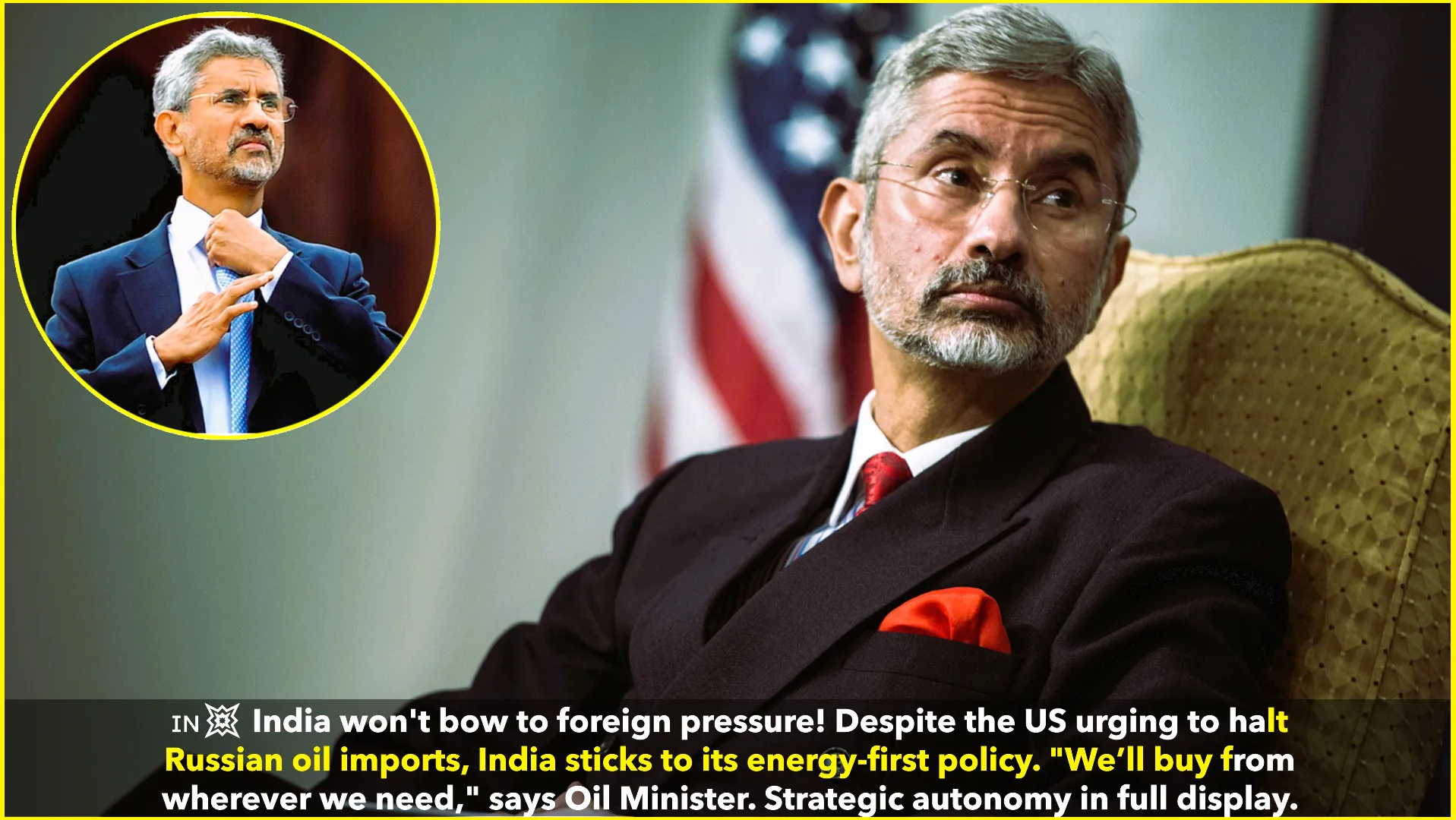In a significant move to stimulate economic growth, the Reserve Bank of India (RBI), under the leadership of Governor Sanjay Malhotra, has reduced the repo rate by 25 basis points, bringing it down to 6.25%. This marks the first rate cut in nearly five years, reflecting the central bank’s response to evolving economic indicators.
The decision was unanimously supported by the Monetary Policy Committee (MPC), which also opted to maintain a neutral monetary policy stance. Governor Malhotra highlighted that the rate cut aims to bolster economic activity, especially as inflation trends towards the RBI’s target of 4%. He noted that factors such as improved employment conditions, recent tax reductions, easing inflation, and robust agricultural output are expected to contribute to a recovery in growth. reuters.com
This policy adjustment comes in the context of India’s GDP growth slowing to 5.4% in the July-September quarter, the lowest in seven quarters, down from 6.7% in the previous quarter. The government has projected a growth rate of 6.4% for the current fiscal year, which would be the weakest pace in four years. Despite being one of the world’s fastest-growing major economies, India faces challenges including high inflation, stagnant wages, weak consumption, and underwhelming corporate earnings.
In addition to the repo rate cut, the RBI had earlier reduced the Cash Reserve Ratio (CRR) by 50 basis points to 4%, releasing approximately ₹1.16 trillion into the banking system. This move was intended to enhance liquidity and support lending activities.
The central bank’s actions have been met with a positive response from the financial markets. Interest rate-sensitive sectors, such as financials, automobiles, and real estate, experienced gains following the announcement. The Nifty 50 index rose by 0.35% to 23,684.2, while the BSE Sensex increased by 0.28% to 78,274.35. Financial stocks climbed by 0.2%, auto stocks by 1%, and real estate stocks surged by 1.5%.
However, some bankers have expressed concerns that the rate cut alone may not be sufficient to significantly boost lending, citing ongoing tight liquidity conditions. The banking system has been experiencing a liquidity deficit since mid-December 2024, reaching over ₹3 trillion in January 2025. Bankers suggest that substantial credit growth cannot occur without adequate liquidity, which may take several months to materialize due to ongoing efforts to mobilize deposits. reuters.com
Inflation has been on a downward trajectory, with the headline rate reaching a four-month low of 5.22% in December. The RBI anticipates that inflation will continue to decline, averaging 4.8% in the current financial year and 4.2% in the next. This easing of inflationary pressures has provided the central bank with the flexibility to adjust monetary policy in support of growth.
Governor Malhotra emphasized the importance of balancing fiscal stability with economic efficiency. He acknowledged the trade-offs involved in policy decisions and indicated that some stringent banking regulations would be postponed to support growth. This approach reflects the RBI’s commitment to fostering a conducive environment for economic expansion while maintaining financial stability.
Looking ahead, the RBI’s policy direction under Governor Malhotra suggests a shift towards addressing growth concerns amidst global uncertainties, including geopolitical tensions and volatile financial markets. Economists predict the possibility of further rate cuts, while cautioning about potential impacts from external factors. The government’s efforts to enhance domestic consumption, such as providing tax breaks to middle-class households, complement the central bank’s monetary policy measures.
In summary, the RBI’s recent policy actions, including the repo rate and CRR cuts, aim to stimulate economic growth by enhancing liquidity and encouraging lending. While these measures have been positively received by the markets, their effectiveness will depend on the timely transmission of benefits through the banking system and the broader economic environment. The central bank remains vigilant, balancing the objectives of fostering growth and maintaining financial stability in a complex and evolving global context.










